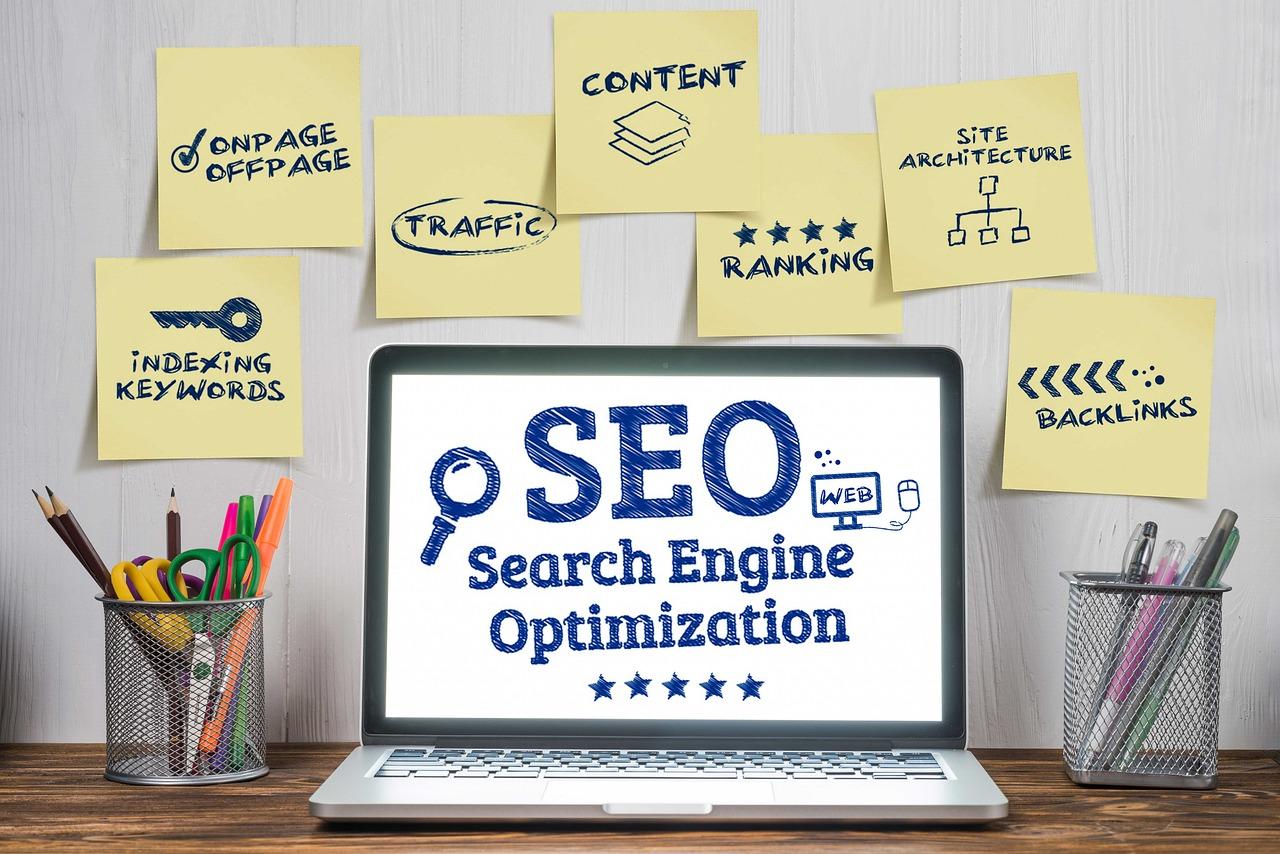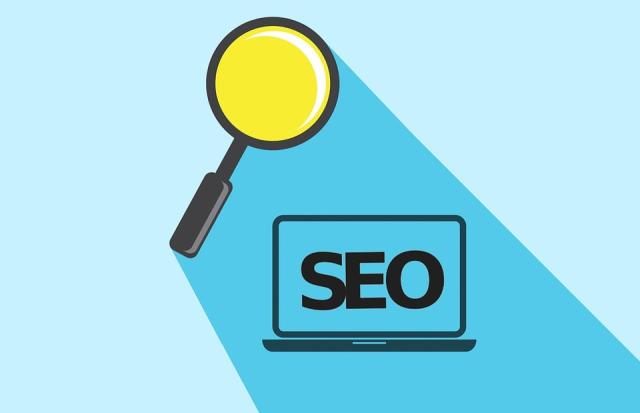
Master On-Page SEO with Expert Tips for Maximum Boost
Master On-Page SEO Best Practices for Ultimate Success
Are you ready to elevate your website's visibility and engagement? Mastering on-page SEO best practices is the gateway to boosting your search engine rankings and driving organic traffic. In a digital landscape where more than 70% of users click on organic search results, the time to optimize your web pages is now. Let's delve into practical, actionable strategies that can transform your online presence.

1. Craft Compelling Title Tags and Meta Descriptions
Your title tag and meta description are your first opportunity to snag attention. Make them count! Aim for titles that are under 60 characters and descriptions that are between 150-160 characters. Best practices for on-page SEO dictate that these elements be engaging and relevant to your content. Include your primary keyword to enhance visibility, but keep it natural—no keyword stuffing!
2. Optimize Headers (H1, H2, H3)
Headers are essential for structuring your content and improving readability. Use a single H1 tag for your main title, followed by H2 and H3 tags for subsections. This hierarchy not only organizes your content but also signals to search engines the importance of topics. Remember to incorporate keywords where fitting, but prioritize clarity and flow.
3. Leverage Keyword Placement Strategically
Where you place your keywords matters immensely. Aim to include your target keyword in the first 100 words of your content, and sprinkle it naturally throughout. Consider using SEO tools to analyze keyword usage and density effectively. Variety is key—don’t forget to include synonyms and related terms to enrich your text and avoid monotony.
4. Ensure High-Quality, Valuable Content
At the heart of successful on-page SEO is high-quality content. Aim to answer the questions your target audience is asking. Aim for depth and clarity, and consider adding visuals like images, infographics, or videos to engage users further. Content must be informative and actionable—make your reader feel like they can achieve something by reading your post!
5. Optimize Images for SEO
Images enhance user engagement, but they also need optimization. Use descriptive, keyword-rich file names and include alt text to provide context to search engines. This not only improves accessibility for visually impaired users but also boosts your chances of appearing in image search results.
6. Internal and External Linking
Linking plays a crucial role in enhancing SEO. Internal links guide users to additional content on your site, reducing bounce rates and increasing time spent on your page. External links to authoritative sources add credibility to your content. Ensure all links are functional and relevant—this simple action can vastly improve your website’s trustworthiness.
7. Improve Page Load Speed
In our fast-paced world, no one likes a slow website. In fact, over 50% of mobile users abandon a page if it takes more than three seconds to load. Tools like Google PageSpeed Insights can help you identify elements that may be hindering performance. Optimize images, leverage browser caching, and reduce server response times for improved speed.
8. Create Mobile-Friendly Experiences
With mobile devices accounting for over 50% of all web traffic, ensuring your site is mobile-responsive is non-negotiable. Consider a responsive design that adapts to screens of all sizes. Google favors mobile-friendly websites in search rankings, so prioritize user experience across devices.
9. Focus on User Experience (UX)
User experience isn't just a buzzword—it's a crucial ranking factor. A seamless navigation structure and clear call-to-actions enhance retention, encouraging users to explore your site longer. Always design with the user in mind; aim for a clean interface that facilitates easy information retrieval.
10. Monitor and Analyze Your Performance
SEO is not a one-time effort; it's an ongoing process. Utilize tools such as Google Analytics to track user behavior, engagement, and traffic. Understanding what works—and what doesn’t—allows for continuous improvement. Keep refining your strategies and updating old content to maintain relevance.
Conclusion: Take Action Now!
By implementing these best practices for on-page SEO, you can significantly enhance your website's visibility, engagement, and performance. Whether you're a seasoned professional or just starting, these actionable steps are designed to yield results. The digital sphere is constantly evolving, so don't wait! Start optimizing today and watch your online presence soar.
Remember, SEO is not just a technical endeavor; it's about connecting with your audience emotionally and fulfilling their needs. Get started with your journey to master on-page SEO and unlock the potential of your website like never before. If you need further help, check out SEO Report Master’s tools for efficient optimization techniques.
Professional SEO reports and tools
Identify technical SEO issues and take action to improve the health and performance of your website. Leverage advanced AI tools for SEO to gain deeper insights, and optimize your online presence more effectively.
Related posts

Uncover Top Keyword Analysis Tools for Better SEO Performance
Discover a definitive guide to seo keyword analysis tools that offer detailed insights for boosting...
10 months ago

Boost Your App's Performance with Top Mobile SEO Keywords
Enhance your app's performance with targeted mobile SEO keywords. Increase visibility on search engi...
10 months ago

Boost Your Snippets with Structured Data for Maximum Impact!
Enhance your website's visibility and drive more traffic with structured data! Boost your snippets f...
10 months ago